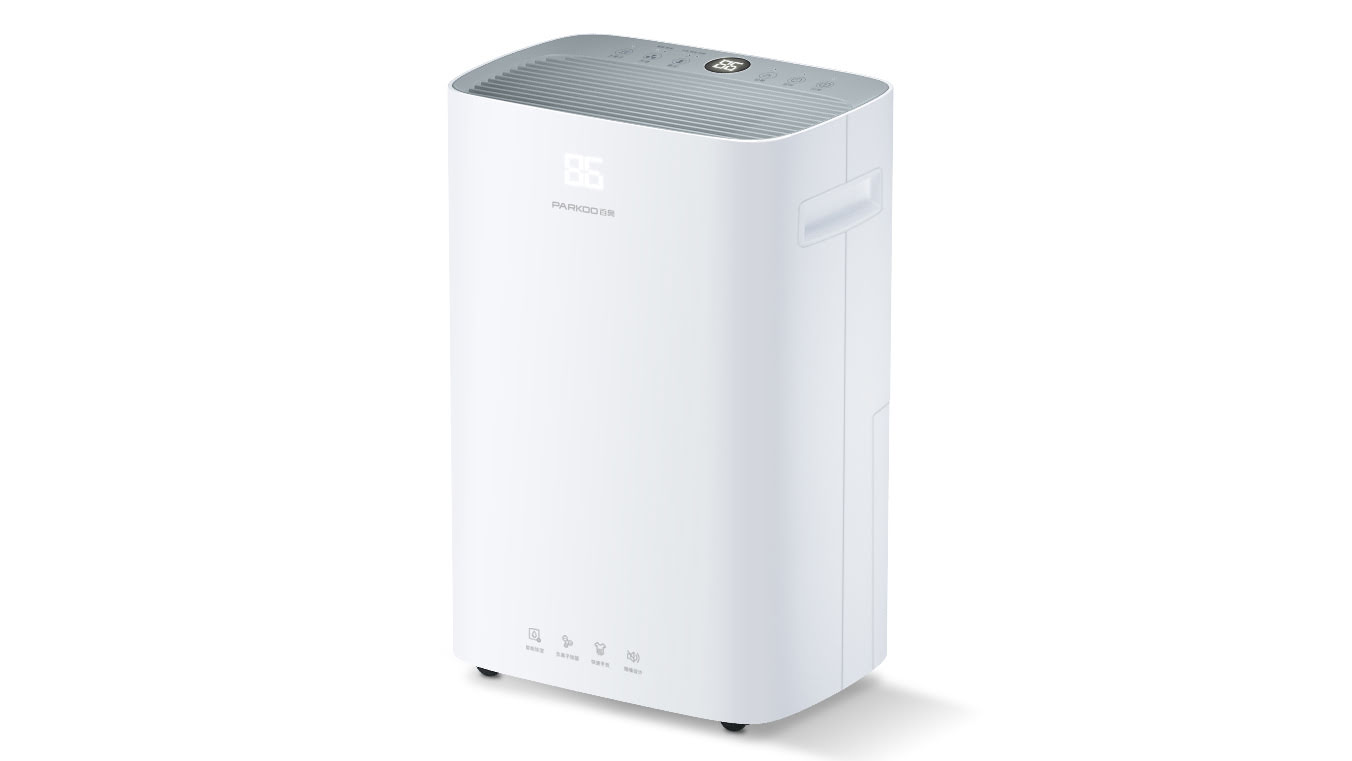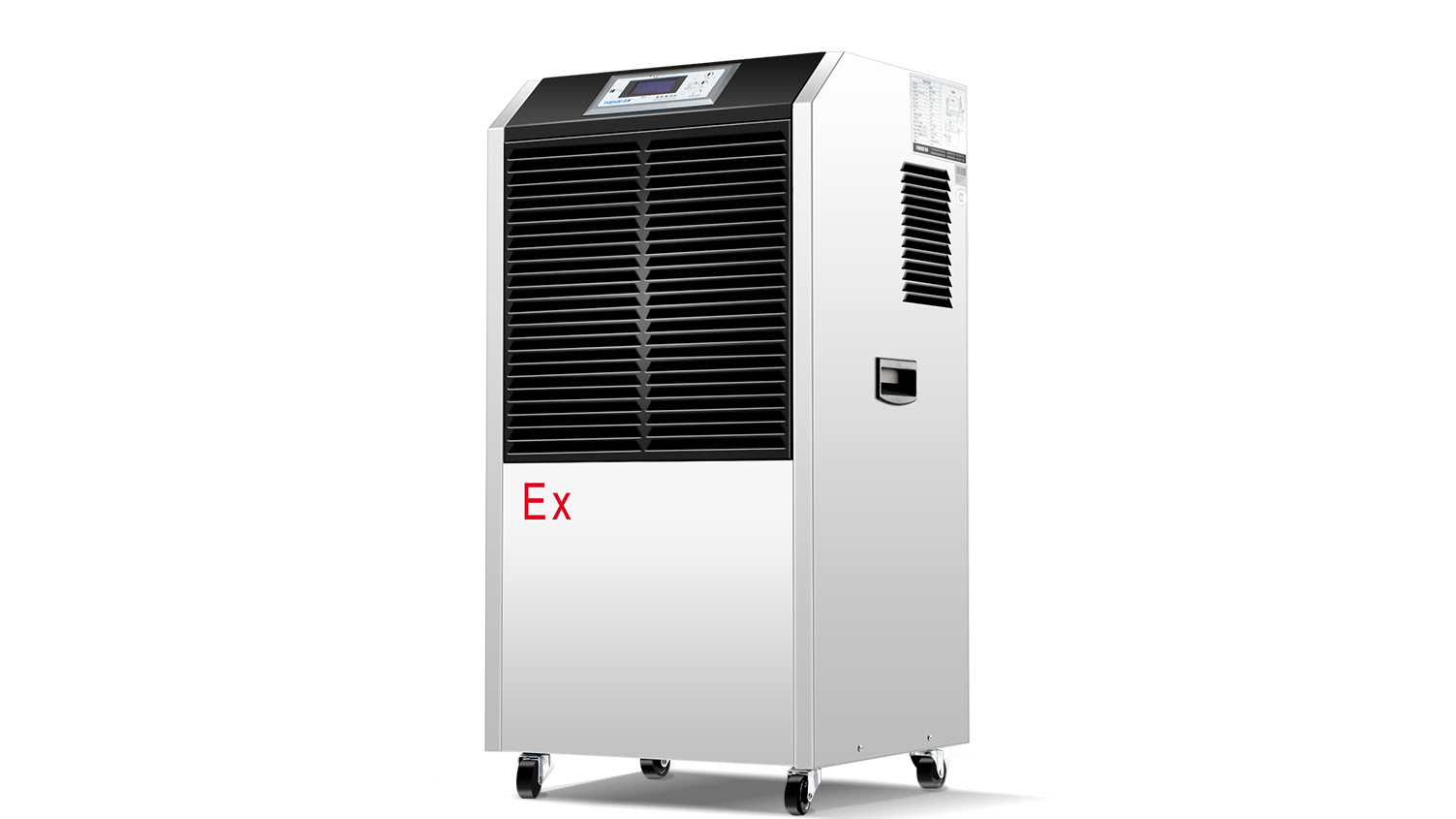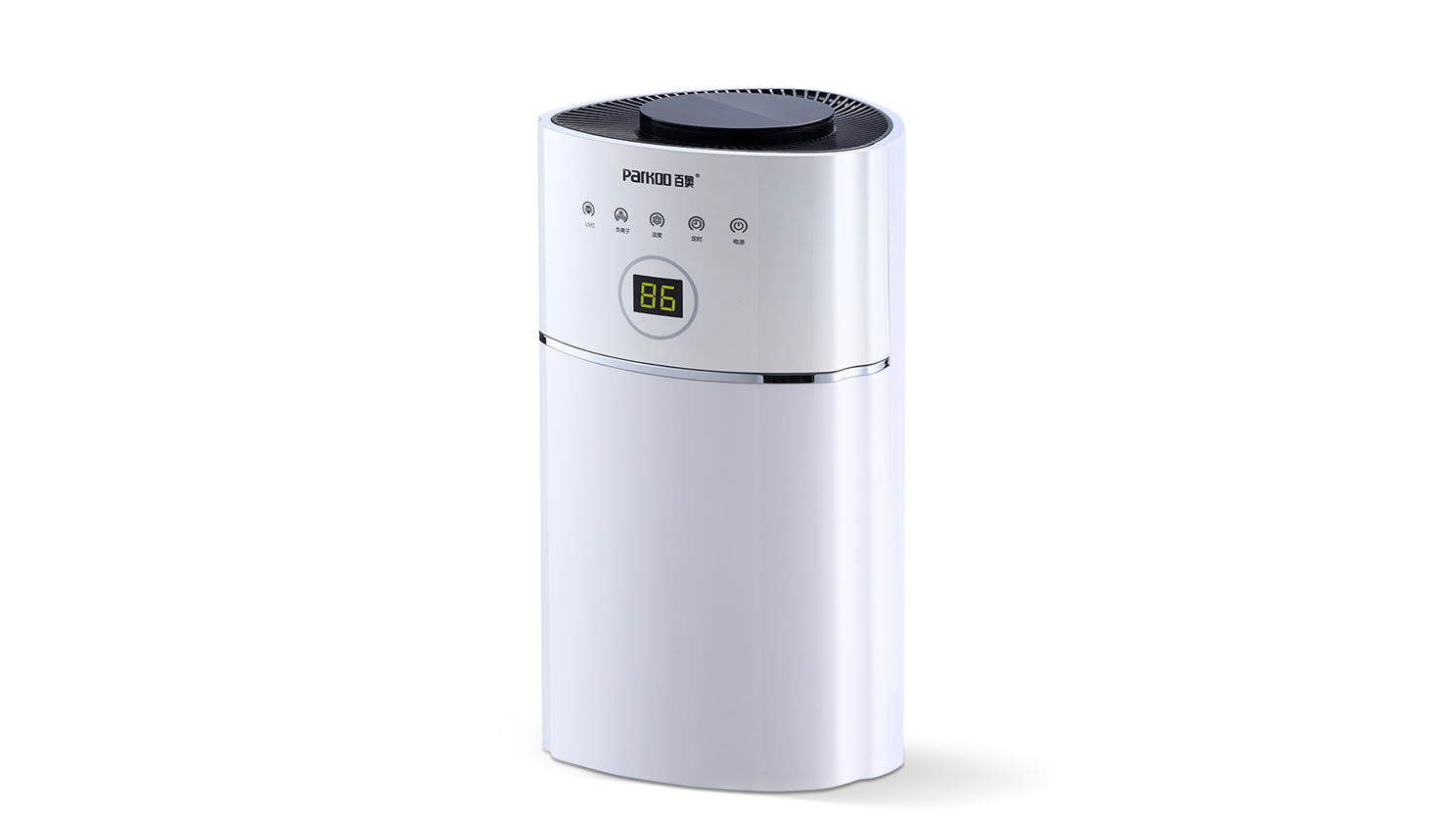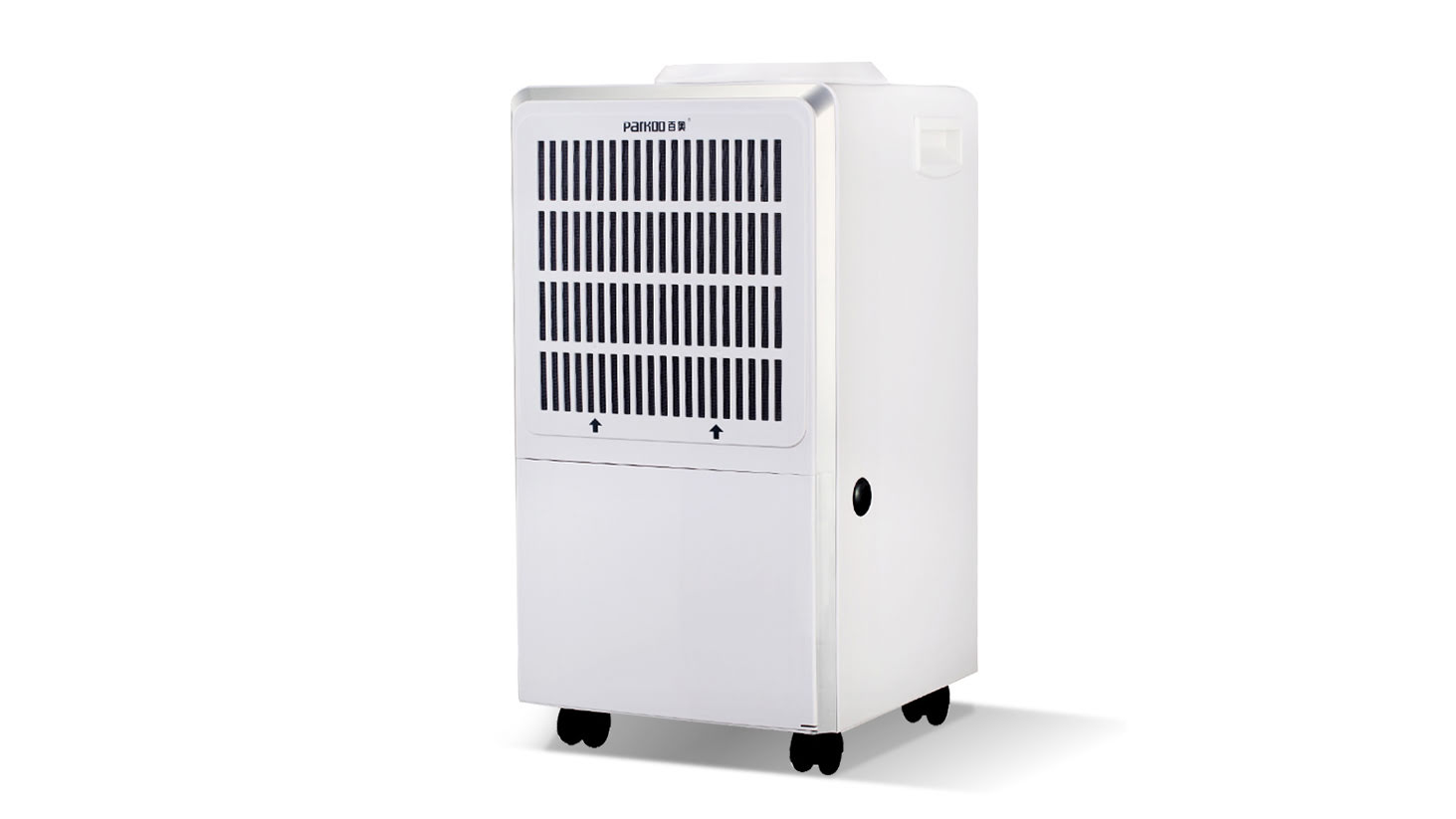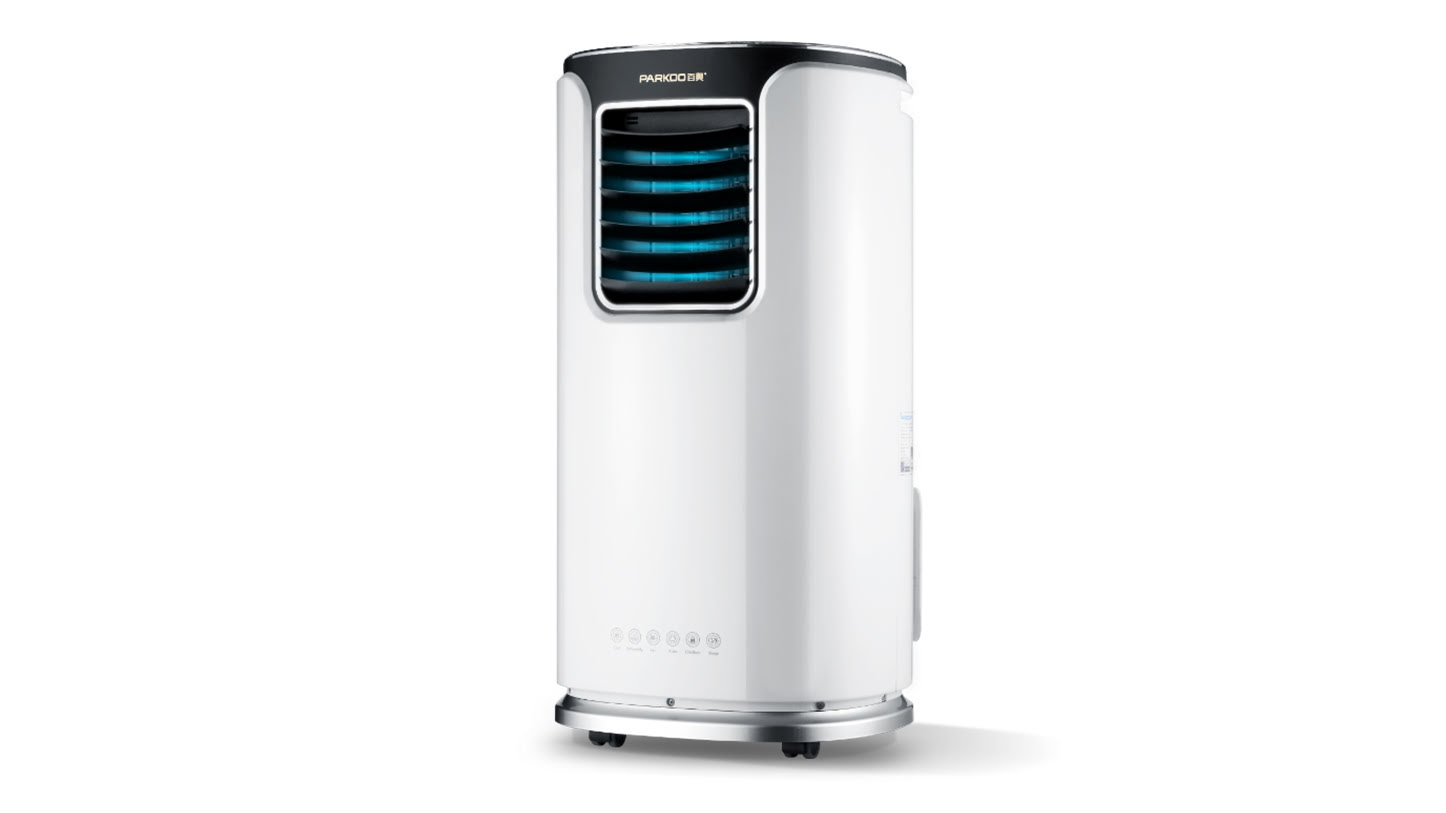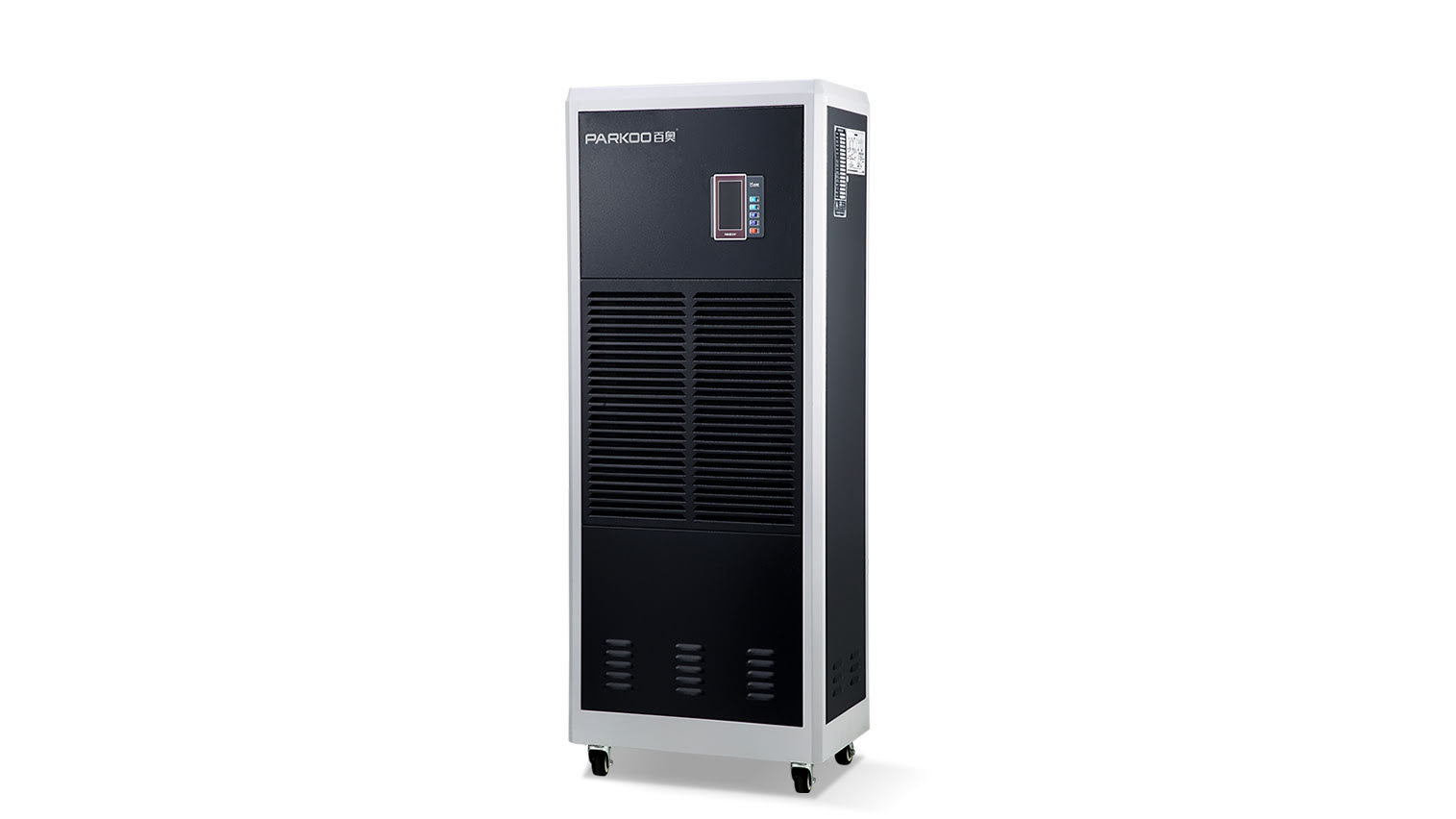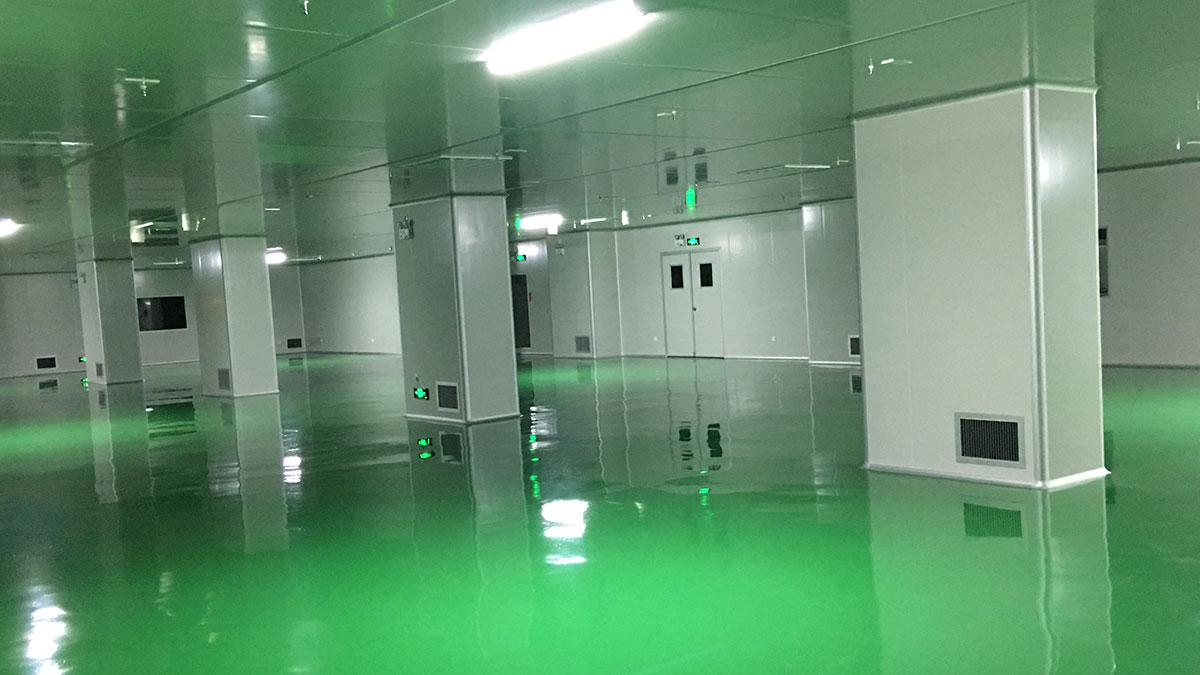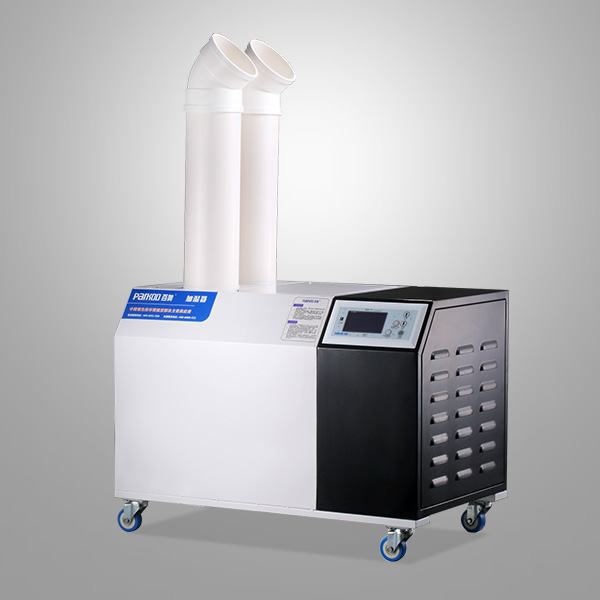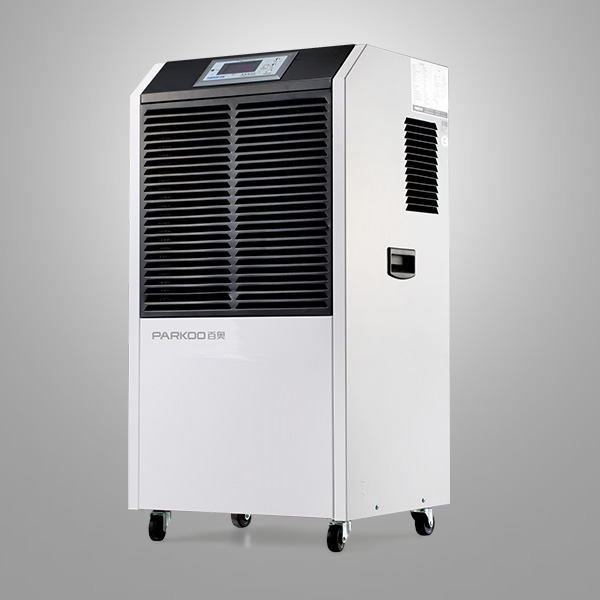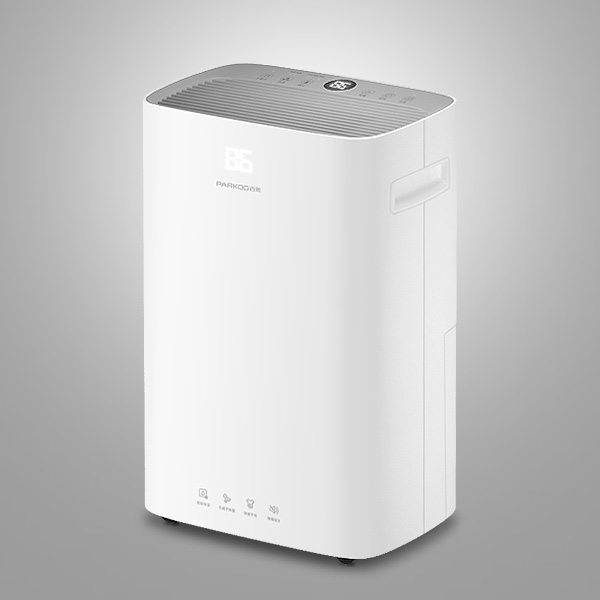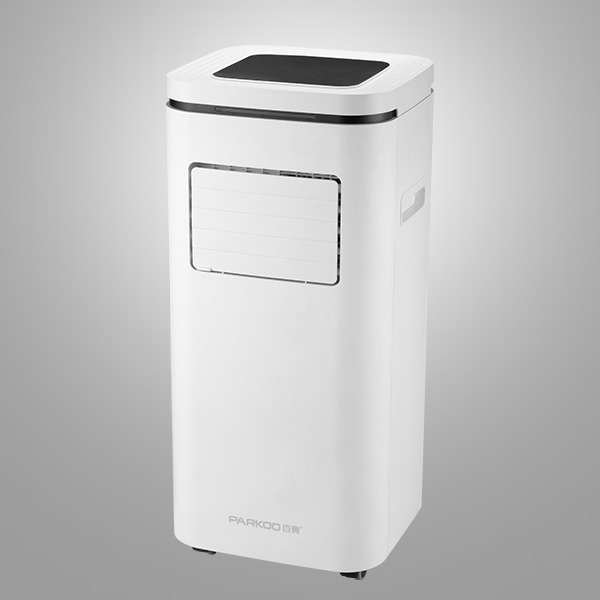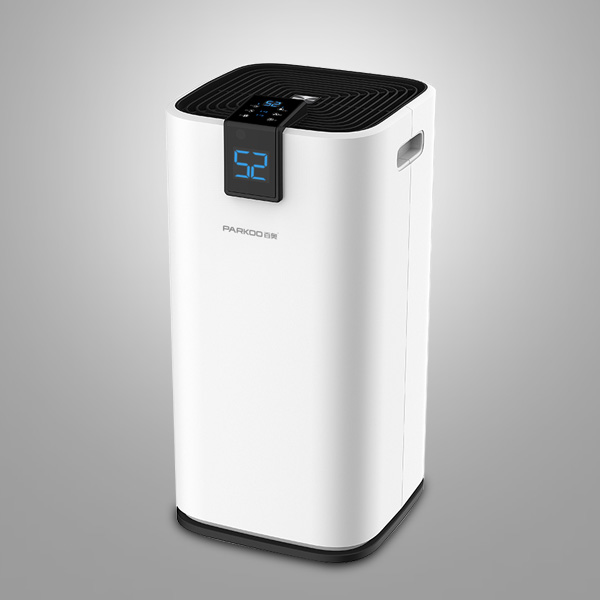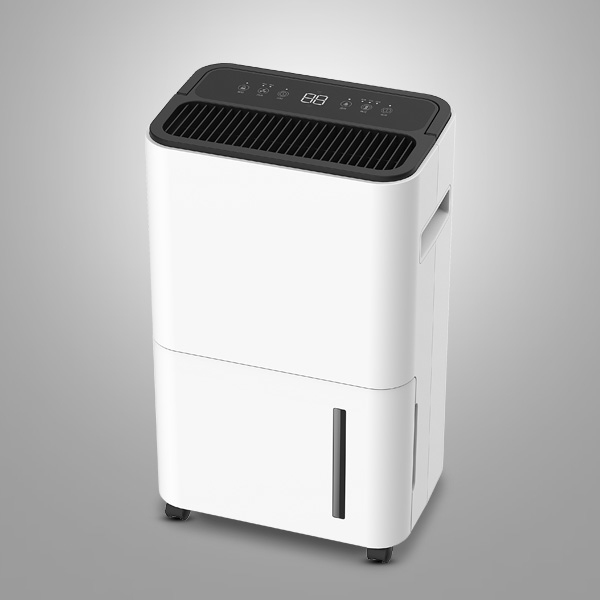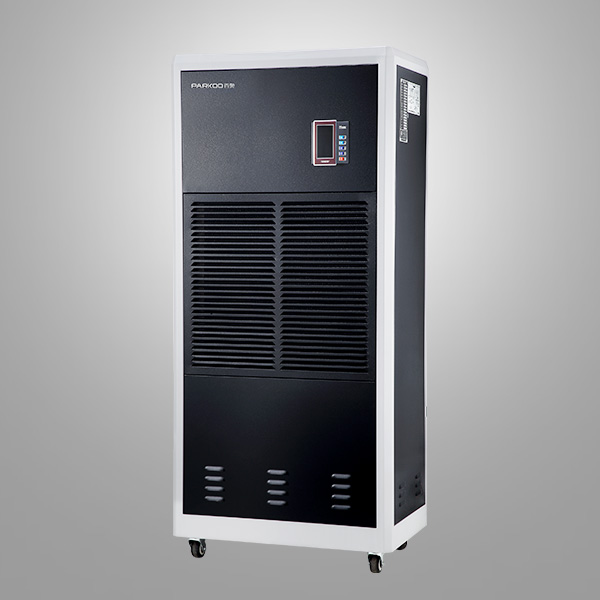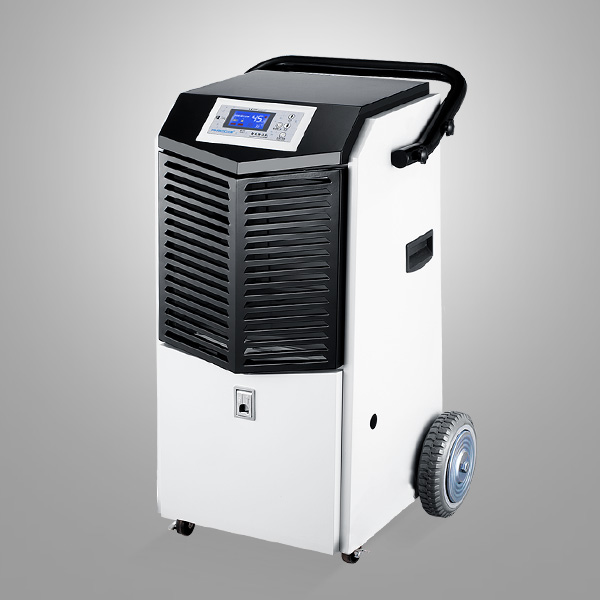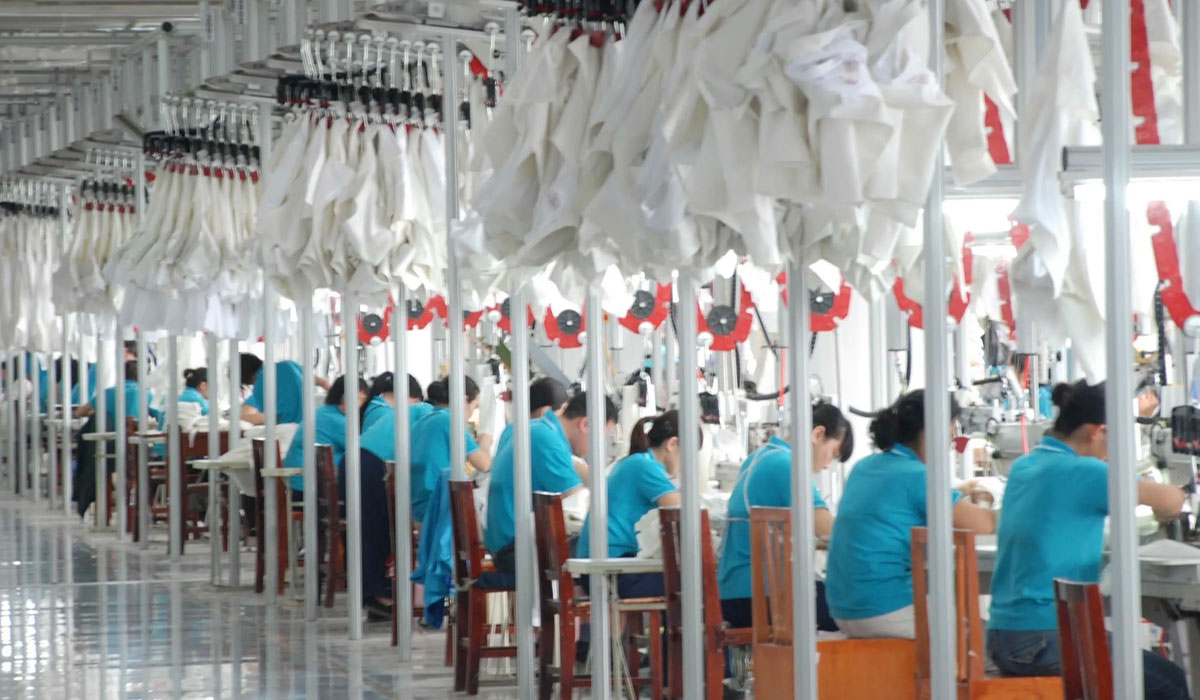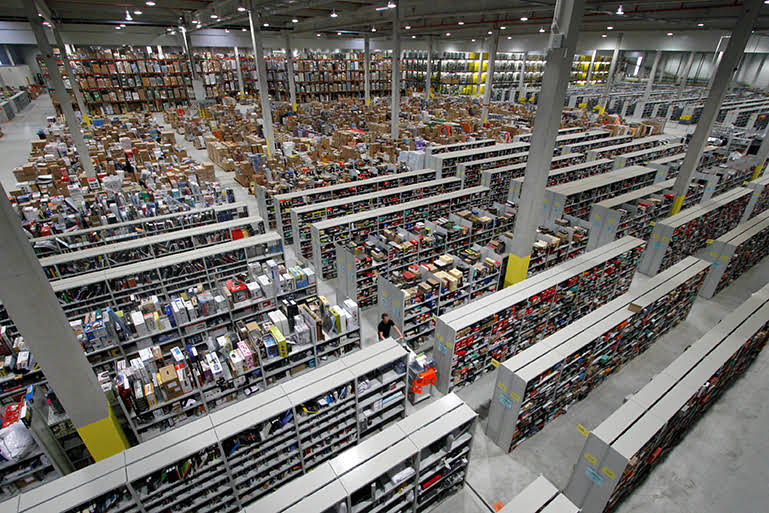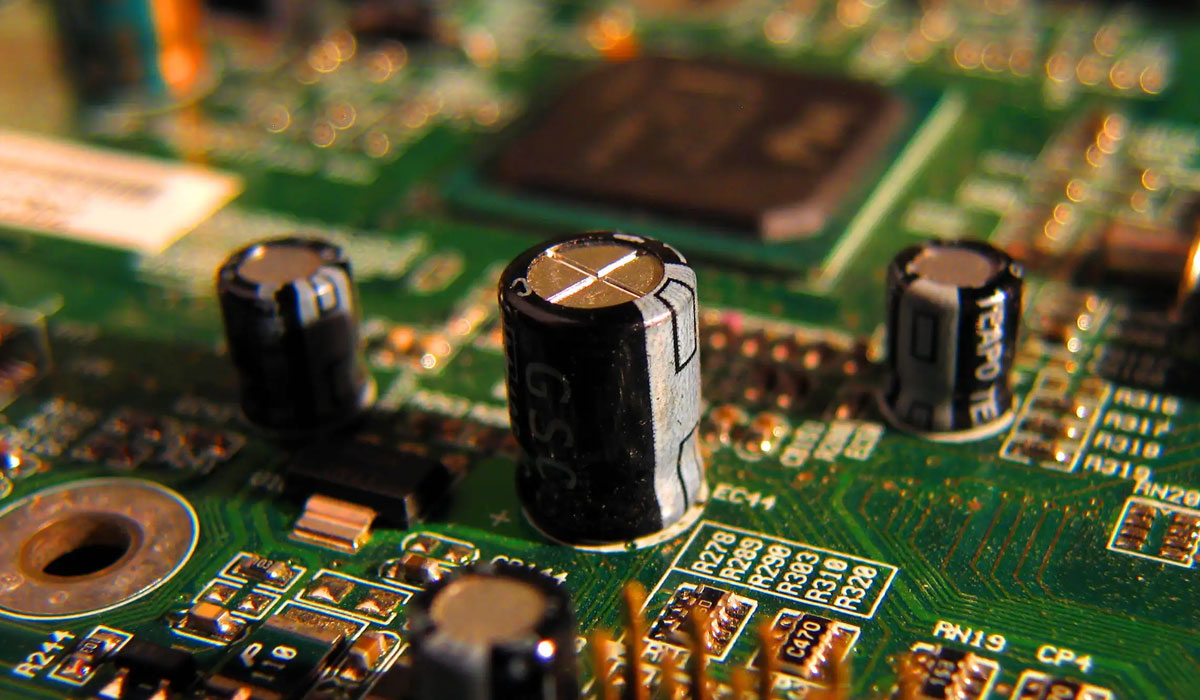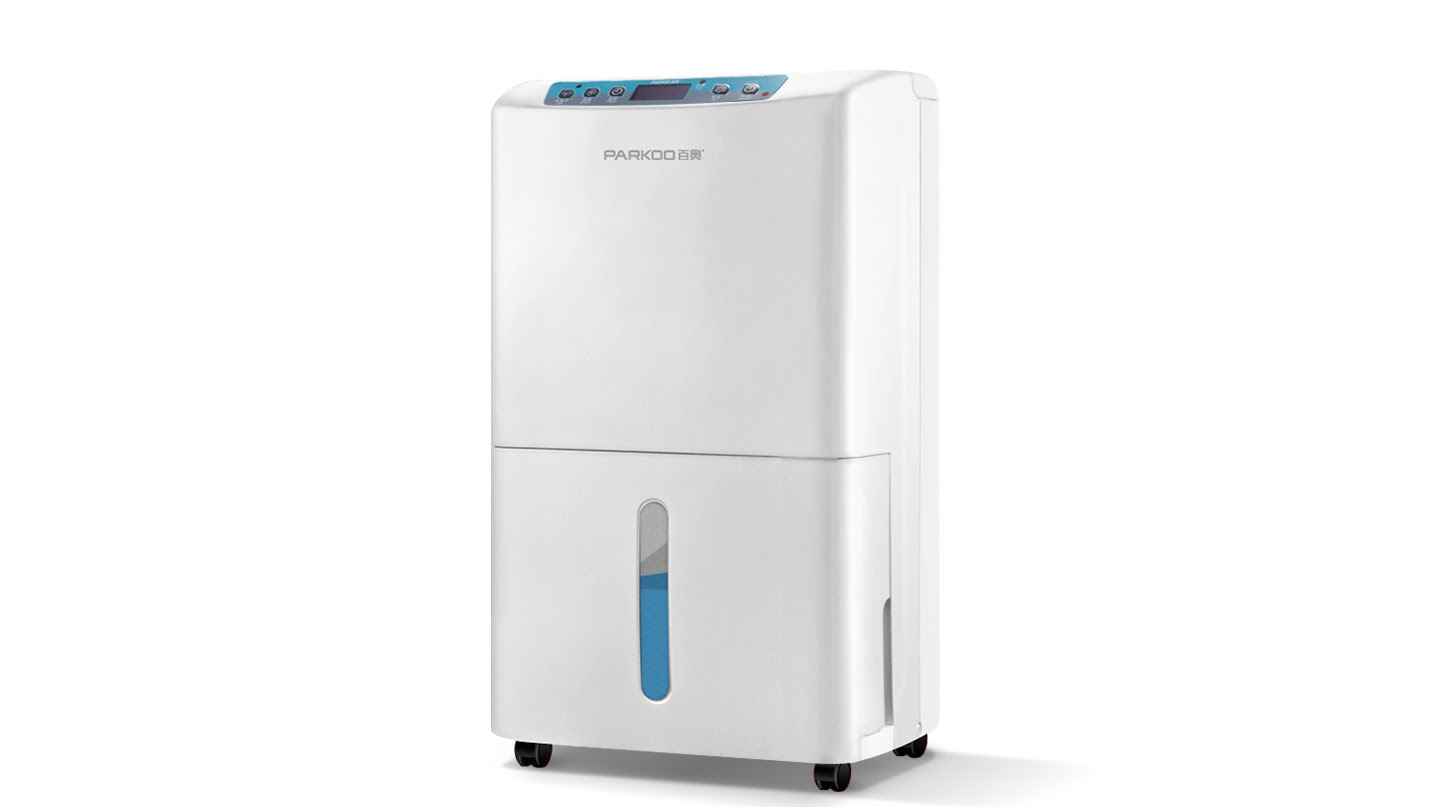The printing industry adopts various complex processes to ensure the production of high-quality paper products; The focus of some of these processes is to maintain a favorable printing environment, as the department faces several unique technological challenges, including optimizing resource and energy utilization Therefore, maintaining optimal air quality and controlling humidity levels is crucial for ensuring smooth and effective operation
The need to control humidity by adding dehumidifier mainly stems from the moisture absorption of paper Simply put, paper absorbs water, and the amount of water absorbed depends on the ambient temperature. Therefore, without appropriate humidity control, the paper may expand or shrink, leading to registry issues between images and affecting quality To help control air quality, printing factories introduce outdoor supplementary air into spaces that may increase unnecessary moisture during warm months or extremely dry air during cold months. Each must be handled separately from the HVAC system
The influence of uncontrolled humidity
Although paper is transported in containers with moisture resistance, it can still absorb moisture from the atmosphere.
As mentioned earlier, uncontrolled humidity can cause moisture to be absorbed by the paper, leading to problems. Paper that is damp cannot be used for printing, therefore it can be considered as unused raw material In addition, even a small amount of moisture in the paper can lead to poor quality and blurriness when printed; Damaged paper can interfere with the absorption of dyes, making the image unclear and inaccurate When working with wet paper, the dyeing and drying process is also more time-consuming, as excessive absorption of moisture must be taken into account Moisture can also weaken the mesh of the paper, leading to surface pinholes. Paper with excessive moisture is not suitable for printing photos, as the final product may become sticky Moisture absorption can hinder all the most common printing techniques. For example, moisture can affect the adhesion of toner in digital printing, and deformed paper often leads to more frequent paper jamsIn Hectograph, high moisture content will affect the interaction between ink, printer and paper. If inkjet printing is used, excess water can cause stains, delay drying, and ink diffusion Excessive humidity can also have a negative impact on other printing stages On the other hand, very low humidity levels can also have adverse effects, making the paper dry and brittle. These scenarios are the same as untreated outdoor air in cold climates
